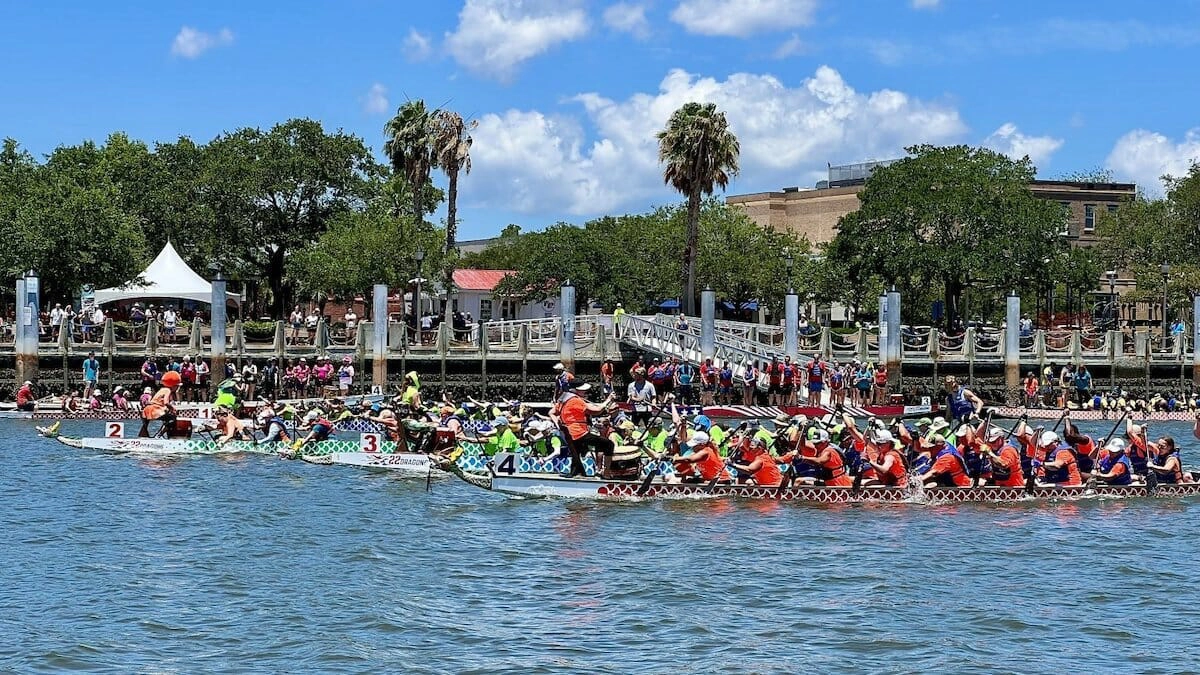In 2014 the Dolphinfish Research Program (DRP) conducted a monitoring program of the dolphin harvested by boat crews fishing out of one marina in South Carolina. Every attempt was made to intercept all boats as they returned from fishing each day. DRP staff recorded the fork length and determined the sex of each dolphinfish brought in by each intercepted boat.
Staff sampled the dolphin harvest on 37 days from late April to early August 2014, during which time 141 boats trips were intercepted. Only the boats that caught dolphin were processed. Every dolphin in each boat’s catch was measured to eliminate any subsampling bias. The number of fish encountered each day ranged from 1 to 83 fish, which came from the 1 to 9 boat trips that caught dolphin and were intercepted that day. A total of 999 dolphin were measured and sexed during the study. Daily catch rates for dolphin fluctuated wildly throughout the monitoring period, making it hard to comprehend what was happening.
One of the objectives of this study was to measure the size of the fish brought in to place them into one of three size classes to see if there was any size variation over the course of the primary season. For analysis purpose, the fish were divided into three size groups. Small fish were those less than 26 inches in fork length (FL), which are considered to be six months old or less (young-of-the-year (YOY), entry-level fish). The medium group of fish were those 26 inches up to but not including 36 inches FL. These are the older young-of-the-year fish, with some possibly reaching 12 months of age. Large fish consisted of fish 36 inches FL and larger. Many of the large fish were less than 12 months of age but the largest members were likely one to three years old. The smallest fish encountered was 19.5 inches FL and the largest was a 54.5-inch FL bull that weighed 59 pounds.
One of the biggest surprises with the small fish category was the low abundance from late April through mid-May typically making up less than 3.0 percent of the fish harvested. In the first half of June, small fish accounted for less than 30 percent of the catch, but by the last half of June they had come to represent 71 percent of the fish caught. In July, small fish were frequently the only fish caught and made up 44 percent of the dolphin measured. This would suggest that entry-level YOY fish are more abundant in the summer off the South Carolina coast than in the spring. This goes along with reports from the fishermen, who said they were not seeing schools of small fish during April and May.






